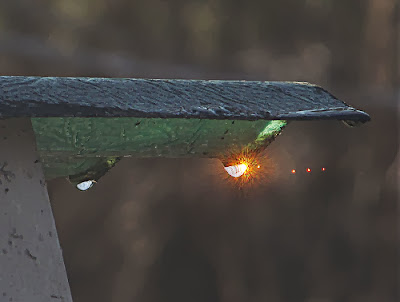Main Point:
Scientists have found a quick method of generating hydrogen
from water using a catalyst in the presence of sunlight.
Published in:
Nature Nanotechnology
Study Further:
In the present study, scientists used cobalt oxide
nanoparticles to break water molecules into hydrogen and oxygen.
According to Jiming Bao, lead author of the paper and an
assistant professor in the Department of Electrical and Computer Engineering at
UH, this is the first experiment to use cobalt oxide and the first to use
neutral water under visible light at high energy conversion efficiency.
Nanoparticles for the present study were prepared in two
ways, i.e. femtosecond laser ablation and through mechanical ball milling, and
nanoparticles prepared through both ways worked well. Moreover, different
sources of light were used including laser, white light simulating solar
spectrum and natural sunlight.
The experiment worked equally well in the presence of
sunlight and nanoparticles, hydrogen and oxygen were separated almost
immediately from water. However, one of the problems in this process is the
reduced lifespan of cobalt oxide nanoparticles that became deactivated after
about an hour of reaction.
Research Suggestions:
Although the results were commendable in this study but the
conversion rate is still too low with a solar-to-hydrogen efficiency rate of about
5% that it cannot be used commercially at this time. According to Bao, better efficiency
rate would be nearly 10%, i.e. 10% of solar energy would result in hydrogen
chemical energy. You can work to improve the efficiency of this process.
Among the other research suggestions are reducing the cost
of the process and increased the lifespan of cobalt oxide nanoparticles.
Sources:
Researchers split water into hydrogen, oxygen using light,
nanoparticles -
EurekAlert (
http://goo.gl/2Wg8hw)
Efficient solar water-splitting using a nanocrystalline CoO
photocatalyst -
Nature Nanotechnology
(
http://goo.gl/OmtVBu)








